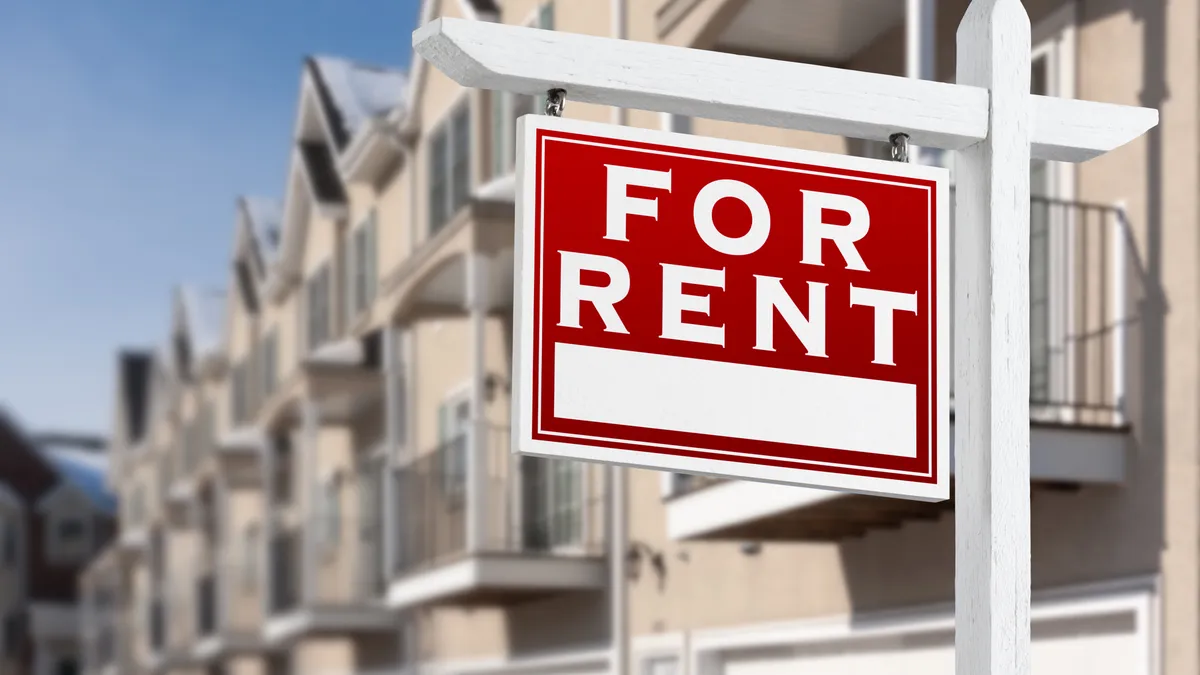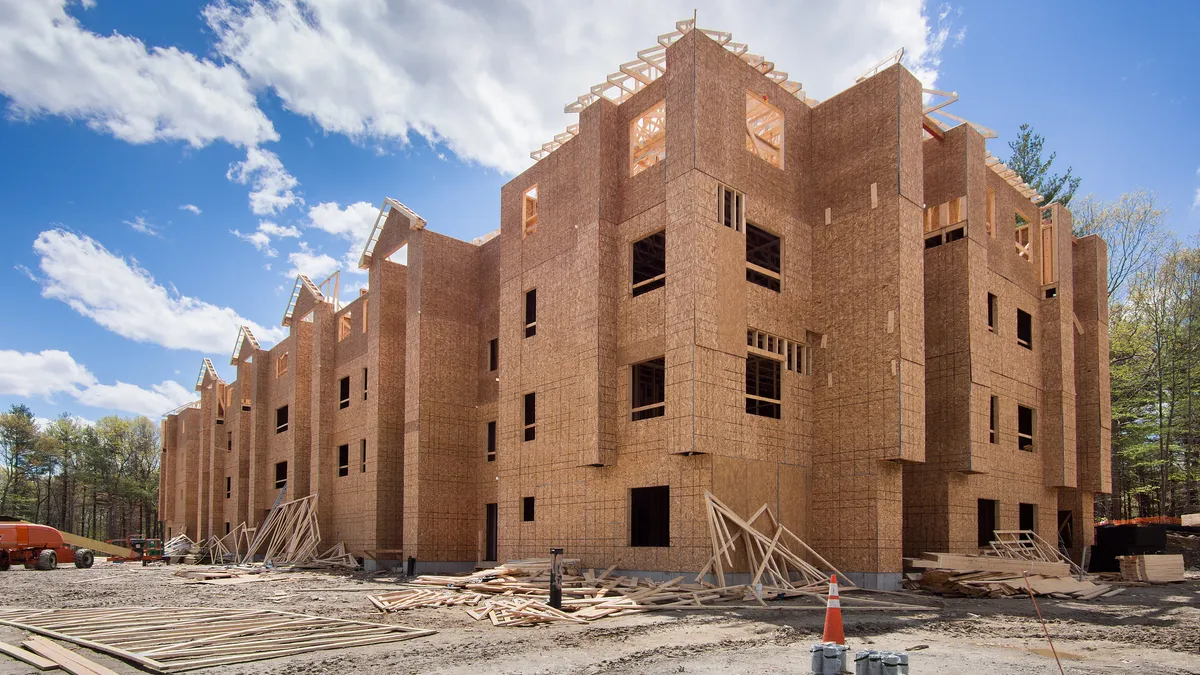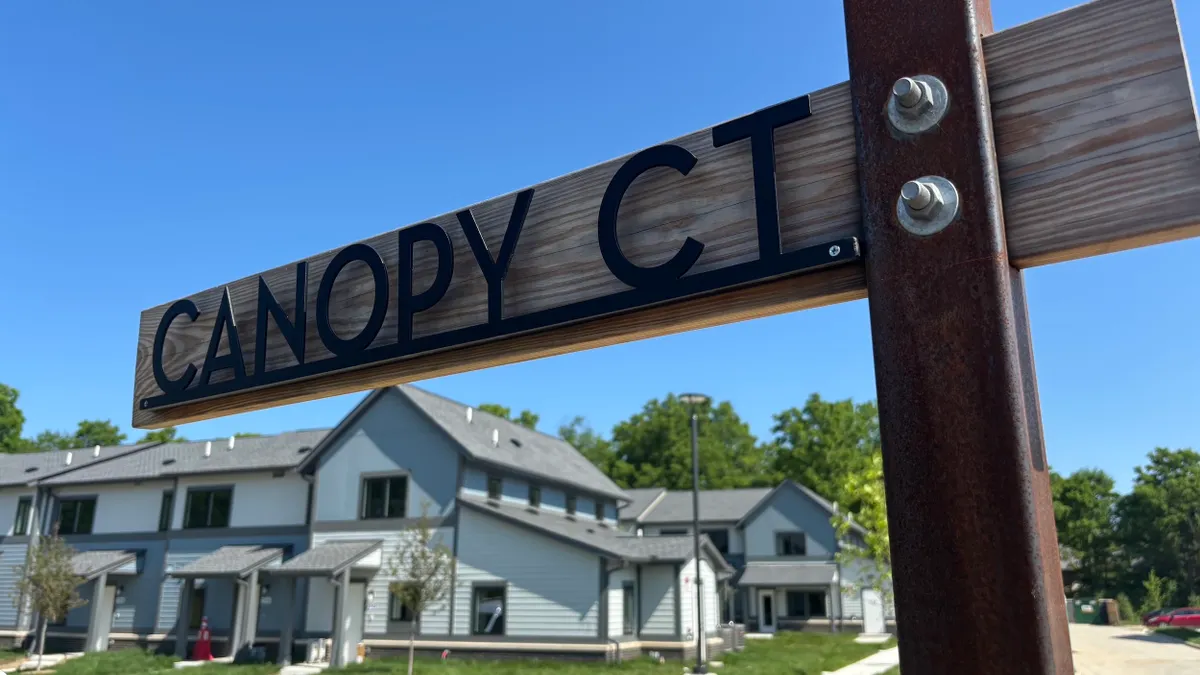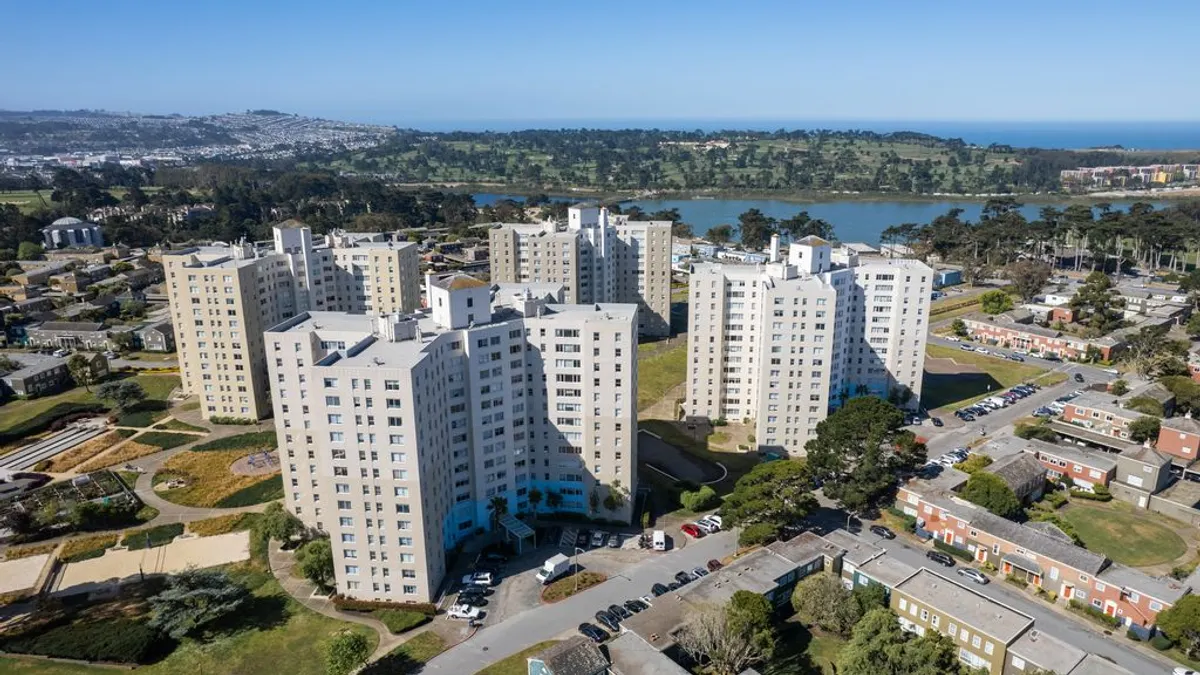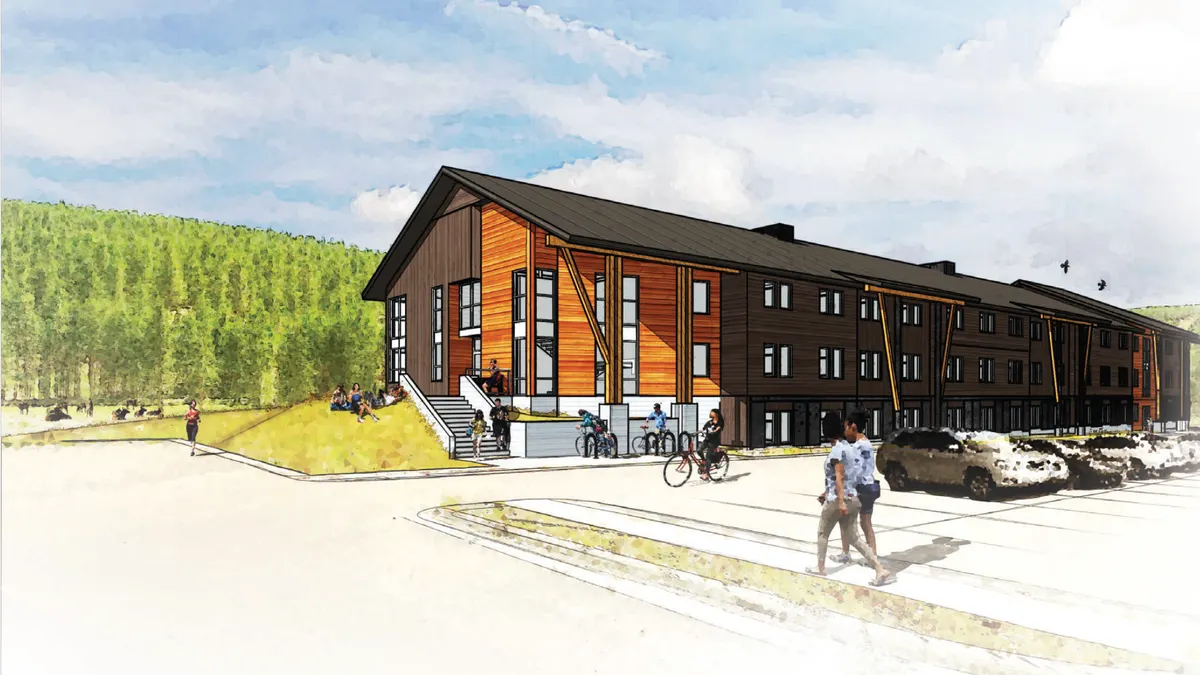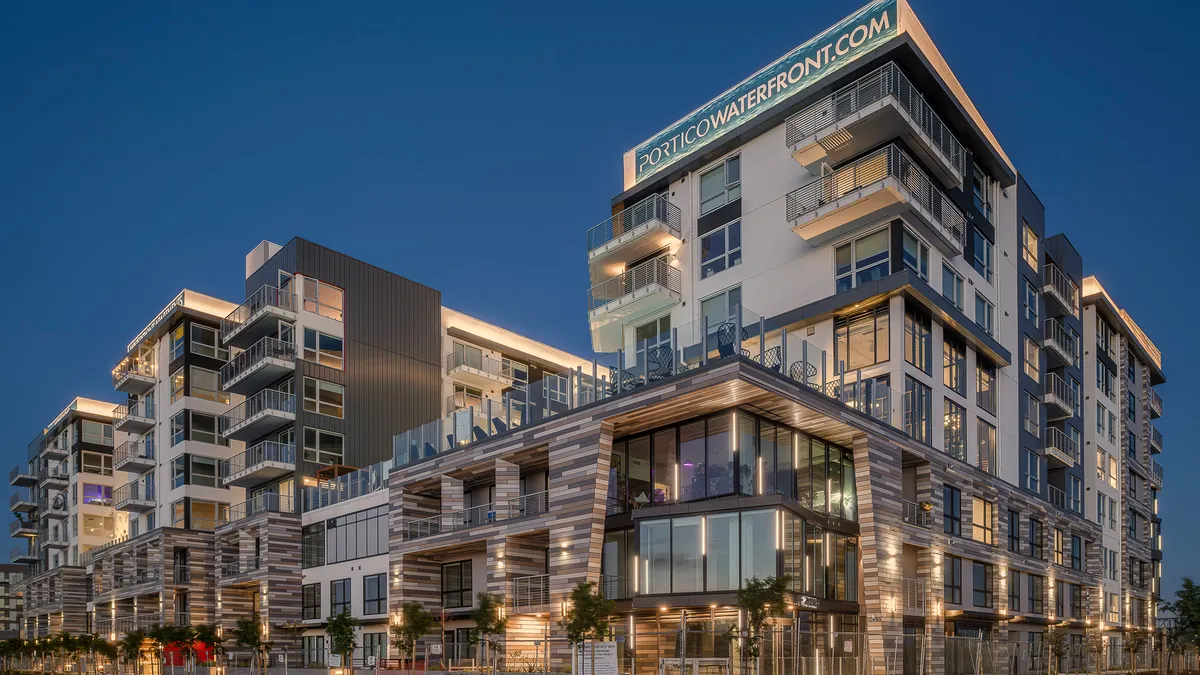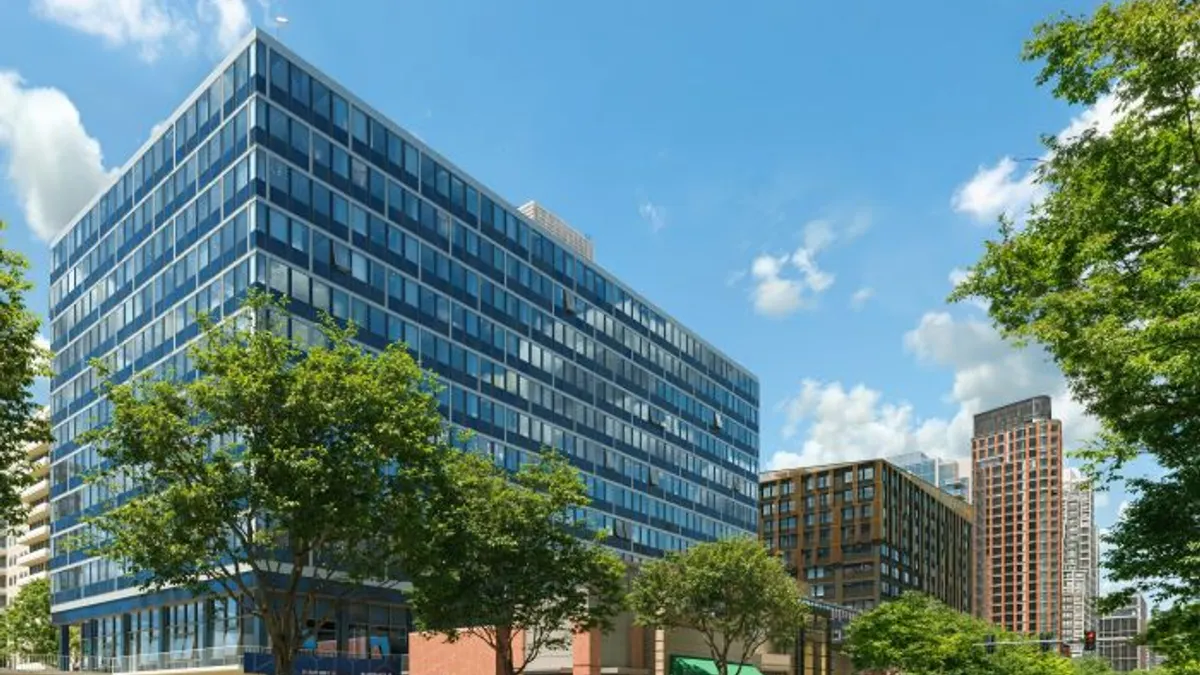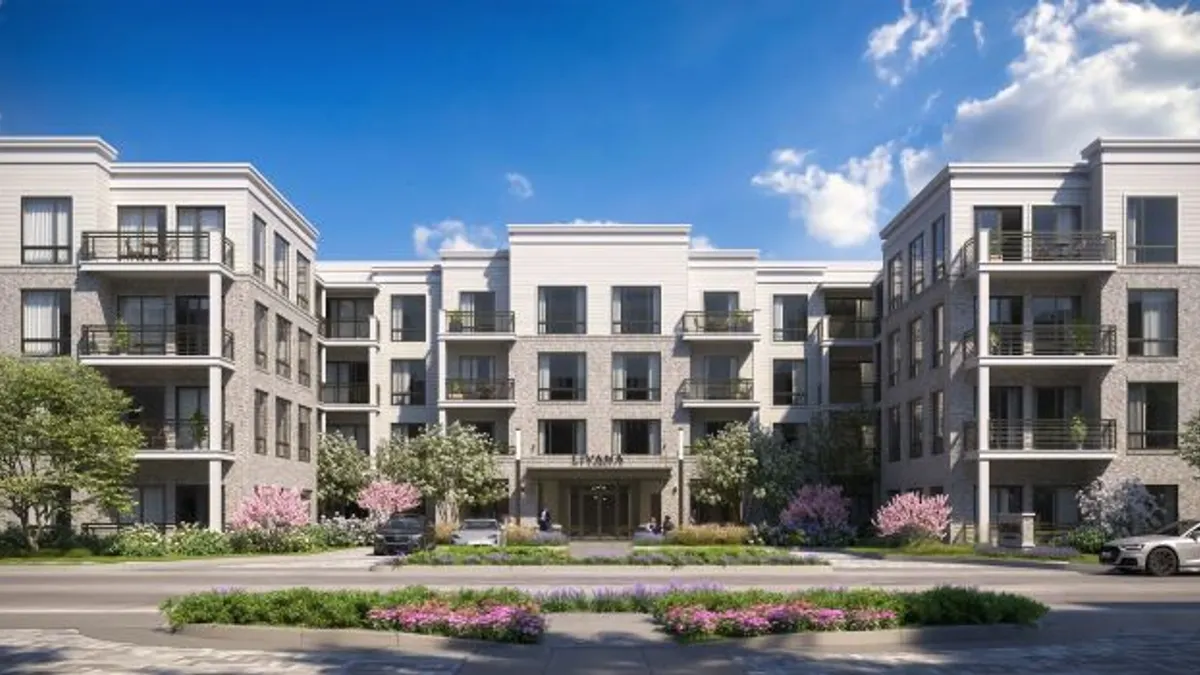Donald Davidoff is CEO and co-founder of Littleton, Colorado-based Real Estate Business Analytics (REBA), a data analytics platform offering business intelligence, budget and pricing and revenue management solutions. Opinions are the author’s own.
Fun fact: The first property ever put on pricing and revenue management software — Lease Rent Options or LRO — was Hunter’s Run in Austin, Texas, in 2001.
I’ve had 25 years of experience working on PRM in rental housing and as I look back on the past quarter-century, I’m struck by how well it has worked — it’s truly an industry-changing technology — and I’m also struck by how much we’ve learned.
Some of my top takeaways are:
1. Process matters. When we started building the first PRM system, we had an inherent bias that it was nearly 90% about the math and 10% about the process. If there’s one thing I wish my 2023 self could teach my 1999 self it is how wrong that was. In rental housing, it’s 50%-50% (maybe even 60%-40%) as housing has a much larger “social contract” component than traditional PRM industries like airlines.

2. Concessions aren’t going away. In the early days of PRM, everyone spoke of doing away with concessions. The result is systems that base all decisions on net rents. Twenty-plus years later, concessions are just as prevalent as ever. PRM systems should thus accommodate varied concession strategies rather than assume they’ll go away.
3. We have a lot of unique situations. Legacy systems were essentially built around stabilized community scenarios. However, we’ve learned that there are many other scenarios that need appropriate pricing decisions as well, such as lease-ups, renovations and dispositions. These all require their own specialized decisions.
4. Comps don’t matter as much as you think. Back in the late ‘90s and early ‘00’s, no one had any faith in their pricing. Studies we did preparing to build the first automated pricing system validated this lack of faith. However, almost 25 years later, the 40%-plus of operators using PRM software — including nearly 100% of those in the NMHC Top 50 — are much more confident in their current pricing.
Cues from internal data on leads, leases and notices to vacate provide all the data needed to make smart, regular price changes. Comp data is a useful “check,” but it’s really not as important as we thought it would be back then.
I experienced proof of that years ago as we implemented LRO in New York City where comp data was so unreliable that we simply turned it off.
5. Amenities matter. Studies we’ve done show that unit amenities often equal 8% to 15% of the total potential rent at a community with individual units rising even further. This is especially true when considering “floorplan offsets” which are the square footage differences between apartments of similar bed and bath counts.
Getting amenity pricing right is a combination of ensuring an accurate configuration and then applying sophisticated statistical algorithms to recent leasing. Operators must get both right to optimize their unit amenity charges and thus overall rent.
6. Lease-up competition is usually a good thing. It’s an old belief in the industry: A lease-up across the street offering concessions means we have to offer them as well. The reality turns out to be much different for two simple reasons:
- Assuming the stable property has roughly 50% retention, the lease-up needs double the leasing velocity (more than double if retention is higher).
- Lease-ups spend more on advertising and thus bring more drive-by (or walk-by) traffic that checks out our offering as well. It’s similar to why automobile dealers seem to congregate together even though they’re competitors.
7. People still think PRM means only increasing prices. It’s true that PRM systems tend to increase rents more than decrease them; that was equally true of the manual approaches to pricing pre-software. In the long run, inflation means rents will trend up.
However, as someone who has now been through three recessions using PRM software in rental housing, I can attest to the fact that the biggest outperformance for expert practitioners comes during the down times. Anyone can be lifted by a rising tide, but managing a downturn is tough.
I still remember the first time I learned how powerful PRM software can be in a downturn. In the 2002-2003 recession, we had a property in Atlanta where the PRM software was lowering prices on one-bedroom homes while raising them on two-bedroom ones. Without the algorithm, we would have lowered both.
The combination of increased demand from roommates doubling up and the limited supply of two-bedroom homes made this possible — but only with software recognizing the phenomena at that low level of granularity.
8. It’s all about constructive tension. Show me a company with no tension between operations and PRM, and I’ll show you a place where either operations has given up arguing with a PRM team that always says “no” or a PRM team that is overly accommodating to the field and thus not truly driving pricing. There’s going to be tension — it’s natural! The key is that the tension be constructive.
9. Don’t let perfection be the enemy of the good. No one makes perfect decisions. That’s not the benchmark. Instead, just ask yourself two questions: Am I making better decisions today? Do I have a system that keeps getting enhanced so I can make even better decisions tomorrow?


